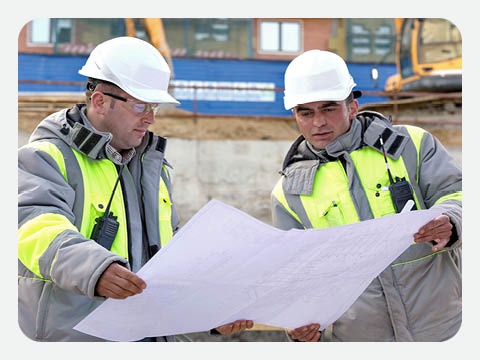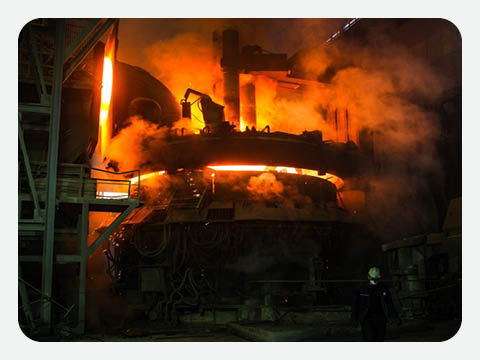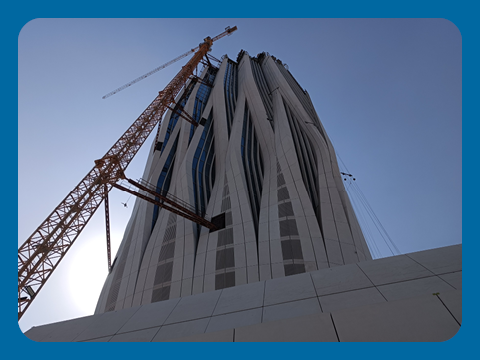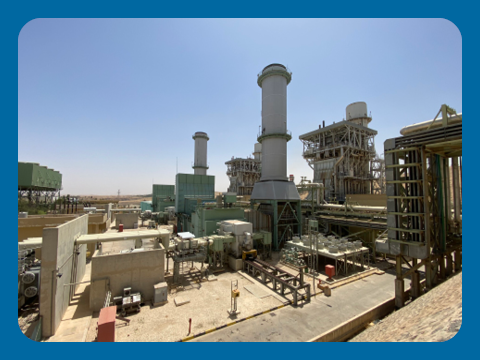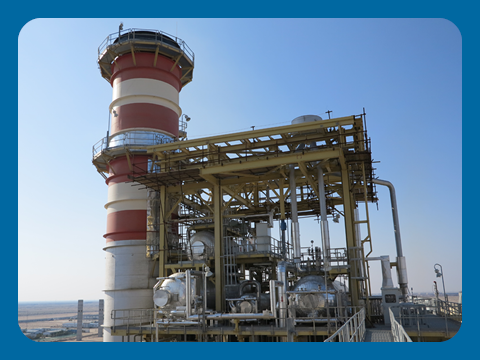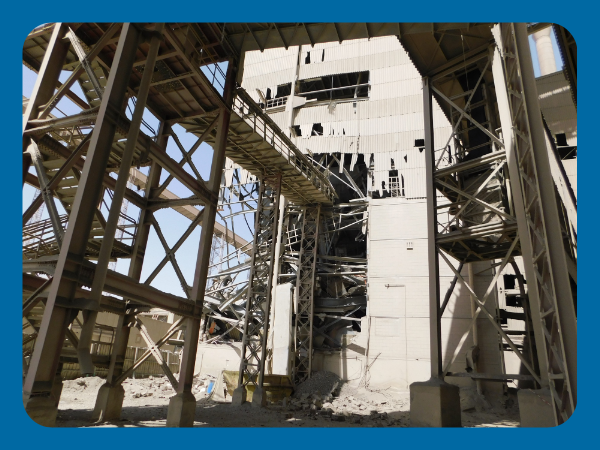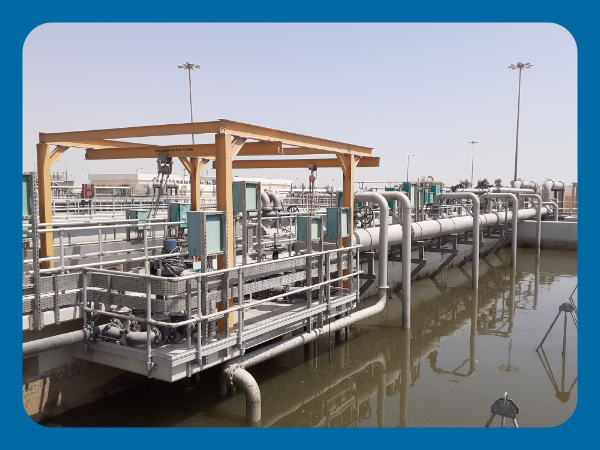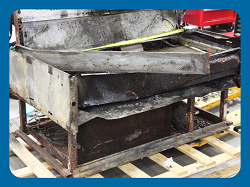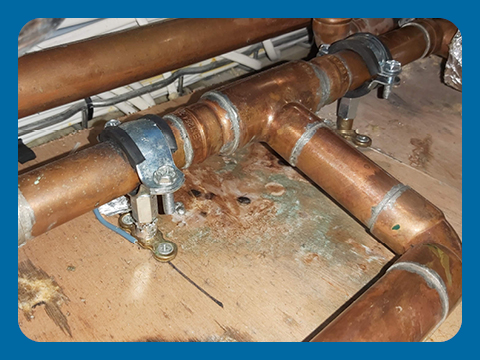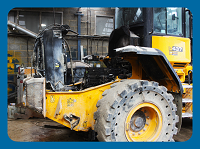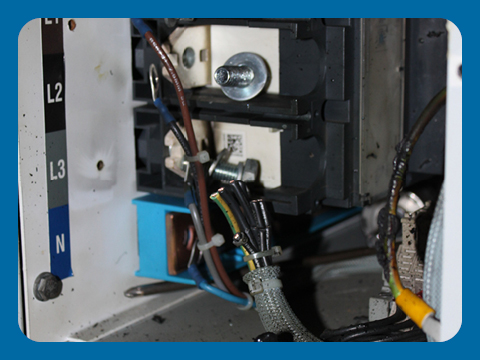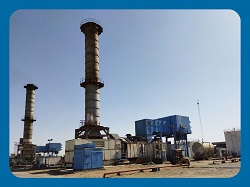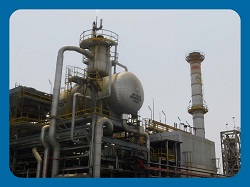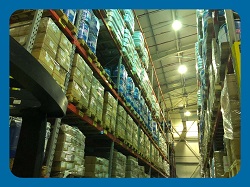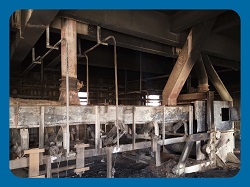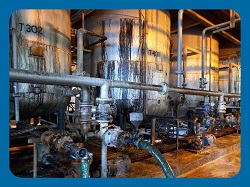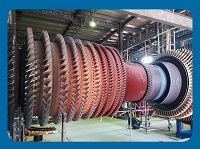Following the tragic explosion in Beirut last month, (re)insurers and loss adjusters have been working tirelessly to assist residents, businesses and public authorities to reinstate conditions to pre-explosion conditions.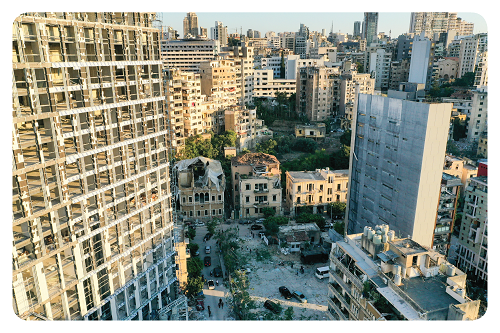
Over the years CEERISK experts have been involved in the damage assessment of hi-tech equipment used in different types of properties. From flood damage to medical equipment in North Dakota, USA and Letterkenny, Ireland, to fire losses in Tanzania and Democratic Republic of Congo, we have worked closely with loss adjusters to establish the nature and extent of the damage and developed different reinstatement options including replacement, restoration and refurbishment.
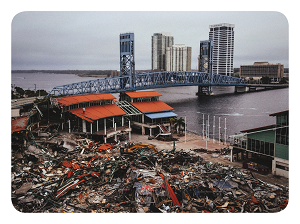 As many would confirm, developing what is required to reinstate conditions to pre-loss conditions after a wide-spread catastrophe such as the devastating explosion in Beirut is not as straight forward as it may sound. Many types of properties are not easily restored following a devastating loss. Of special concern is the reinstatement of critical equipment in different types of properties following different types of losses. Some of the challenges that complicate the reinstatement of equipment include:
As many would confirm, developing what is required to reinstate conditions to pre-loss conditions after a wide-spread catastrophe such as the devastating explosion in Beirut is not as straight forward as it may sound. Many types of properties are not easily restored following a devastating loss. Of special concern is the reinstatement of critical equipment in different types of properties following different types of losses. Some of the challenges that complicate the reinstatement of equipment include:
- Determining extent of damage: Even following wide-spread damage from a large catastrophe, the extent of damage to different types of equipment will vary greatly based on a number of factors including:
- Type of equipment: Whether the equipment is designed and built for a specific environment and whether the actual conditions have been surpassed or exceeded the design specifications in any way. For example, motors and pumps designed to operate outdoors may not sustain the same damage as those designed to operate indoors after their exposure to adverse conditions after the building envelope is breached due to the loss.
- Location of the equipment: May affect the impact of the loss on the equipment. For example, if the equipment in a building in Beirut was facing the shock wave created by the explosion as it progressed through the city, then it would be expected that the equipment may sustain direct physical damage as a result of the shockwave. The scope of this damage would be different than equipment that may be facing another direction.
- Application: How the equipment is used can impact the extent of damage sustained during a catastrophic loss. A cooling and refrigeration system used in a pharmaceutical plant will be affected differently from one used in a commercial building, which may be different from one used in a school or hospital, due to the design tolerance and ratings that vary based on the application.
- Access to equipment: Following a widespread event, access to specific locations is a complicated challenge for even the most experienced loss adjusters and equipment experts who need to reach the specific equipment and closely examine their condition. Even after the area where the equipment is located becomes accessible, reaching the specific parts of the equipment, such as control panels may continue to be complicated by the overall condition of the building and the area where the equipment is located.
- Availability of experts: To accurately determine the extent of damage to a piece of equipment, an equipment loss expert with specific knowledge is needed. The expert does not only have to understands how the equipment operates, but also and more importantly must know how it fails under different conditions. For example, an expert of electric distribution equipment (switchgear assemblies, distribution panels, cables …etc) may not necessarily understand the impact of flooding on the equipment. That lack of understanding may lead to incorrect conclusion about the extent of damage and whether the equipment can be restored.
- Coordinating with OEMs: When assessing reinstatement options of critical hi-tech equipment such as medical equipment in health care properties or data and communication equipment in data centres, the involvement of OEMs is critical to the success of any plan to reinstate the equipment. Following widespread damage to a large amount of equipment, securing involvement from the different OEMs is typically a challenge that must be overcome. More importantly, it is essential to work closely with OEMs to ensure warranties and service contracts are not voided haphazardly and automatically based on incorrect interpretation of the terms and conditions. The involvement of a consultant with experience in working with OEMs is essential under these circumstances.
- Establishing LK&Q: If a piece of equipment is deemed a total loss, either partially or totally, then replacement would be the most effective if not the only reinstatement option. When that piece of equipment is of a certain design and specification or a certain age, determining the LK&Q (Like Kind & Quality) of that piece of equipment is typically not a simple process. In addition to cost and availability, compatibility with other equipment in a larger system will affect the replacement option. Also, when upgrades are unavoidable, it may be necessary to identify betterments and the cost involved.
For information about our equipment loss consulting services or to request a number of case studies, please contact Rose Campbell at rcampbell@ceerisk.com

